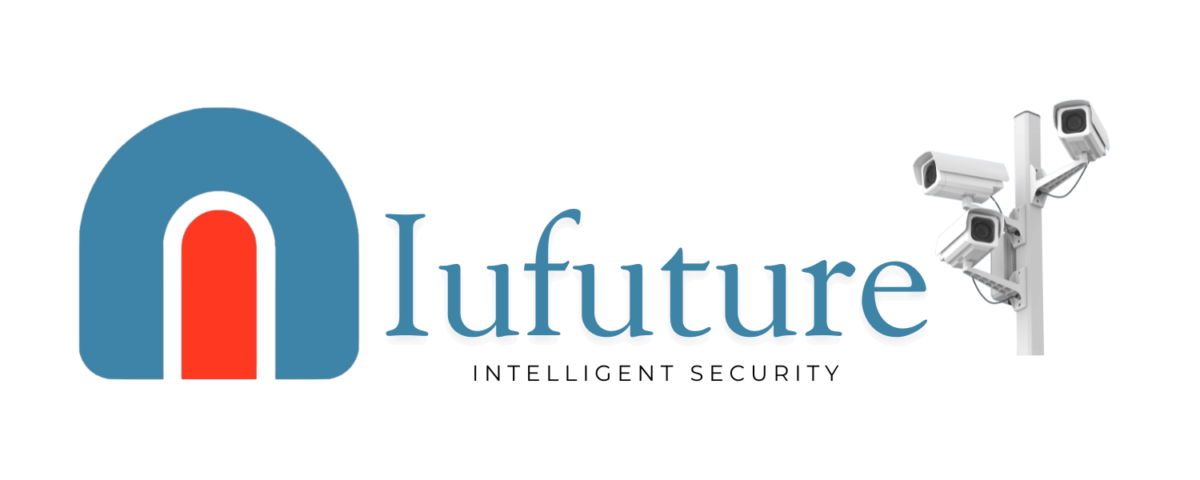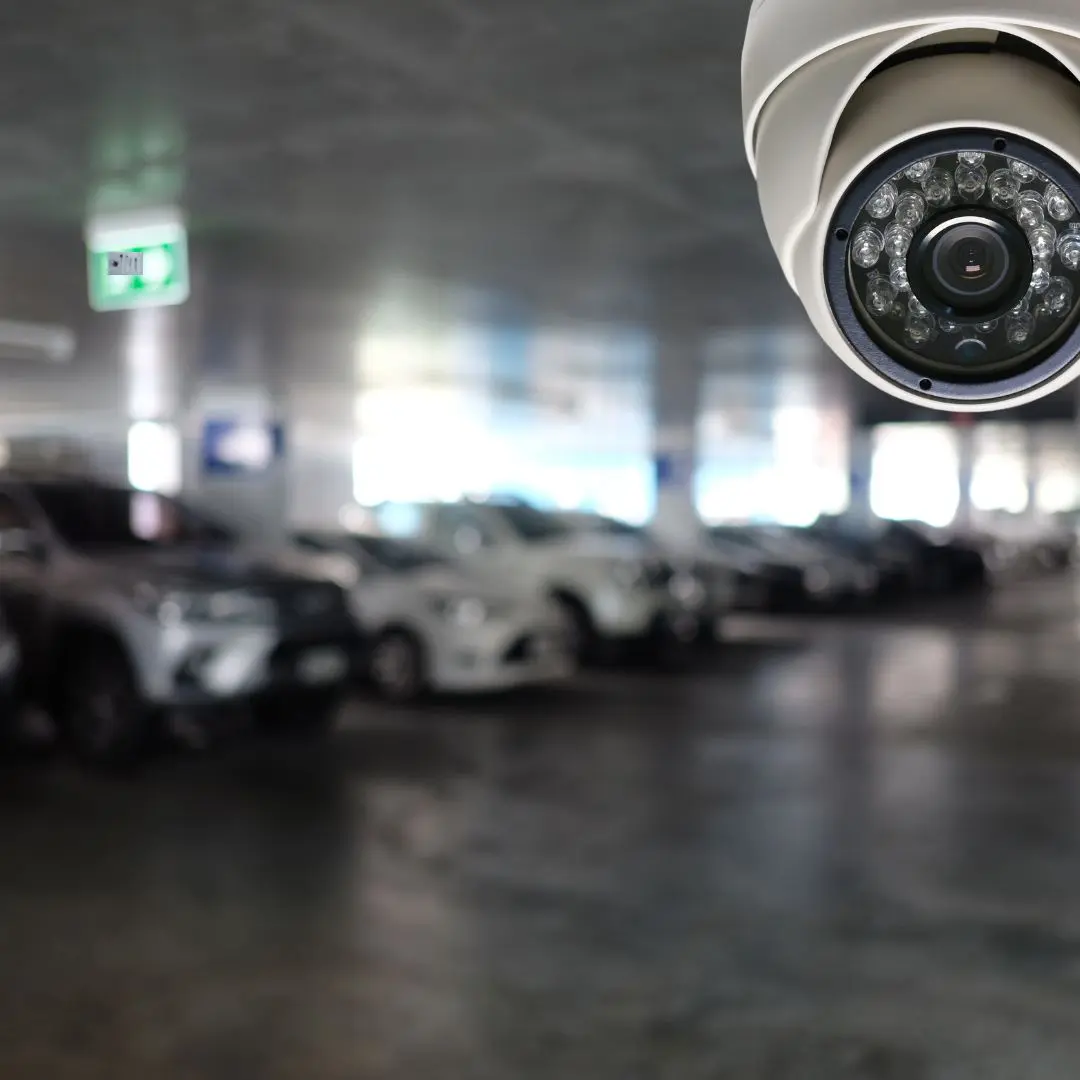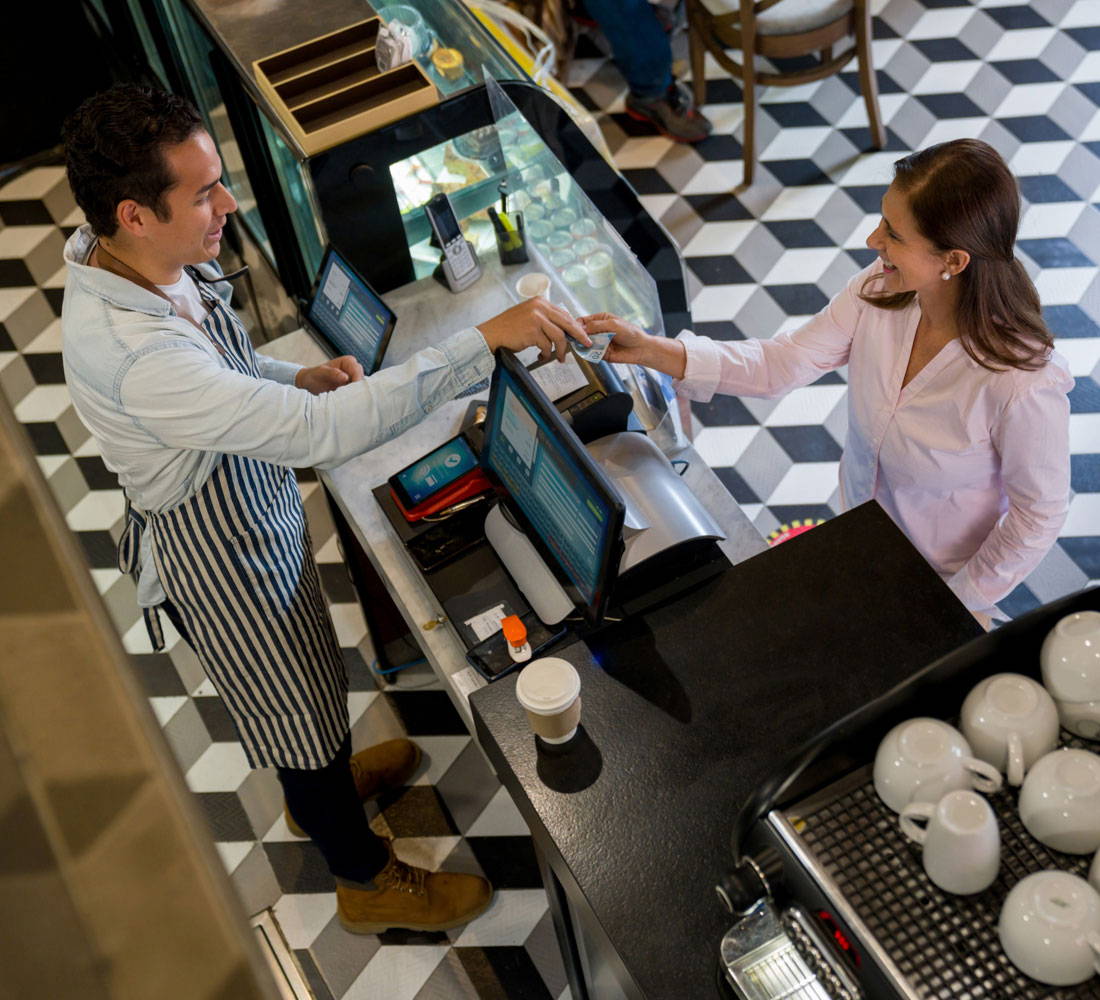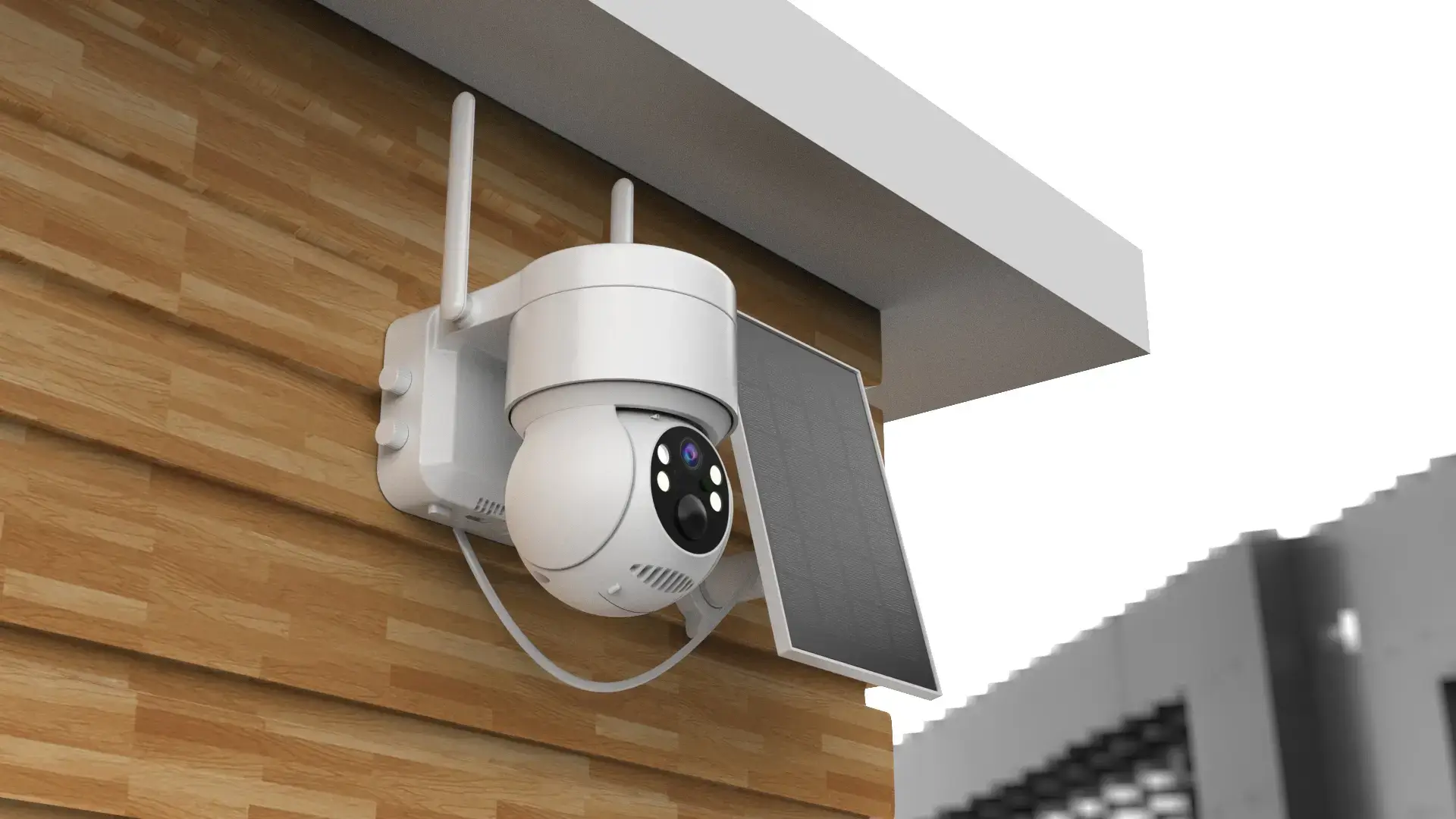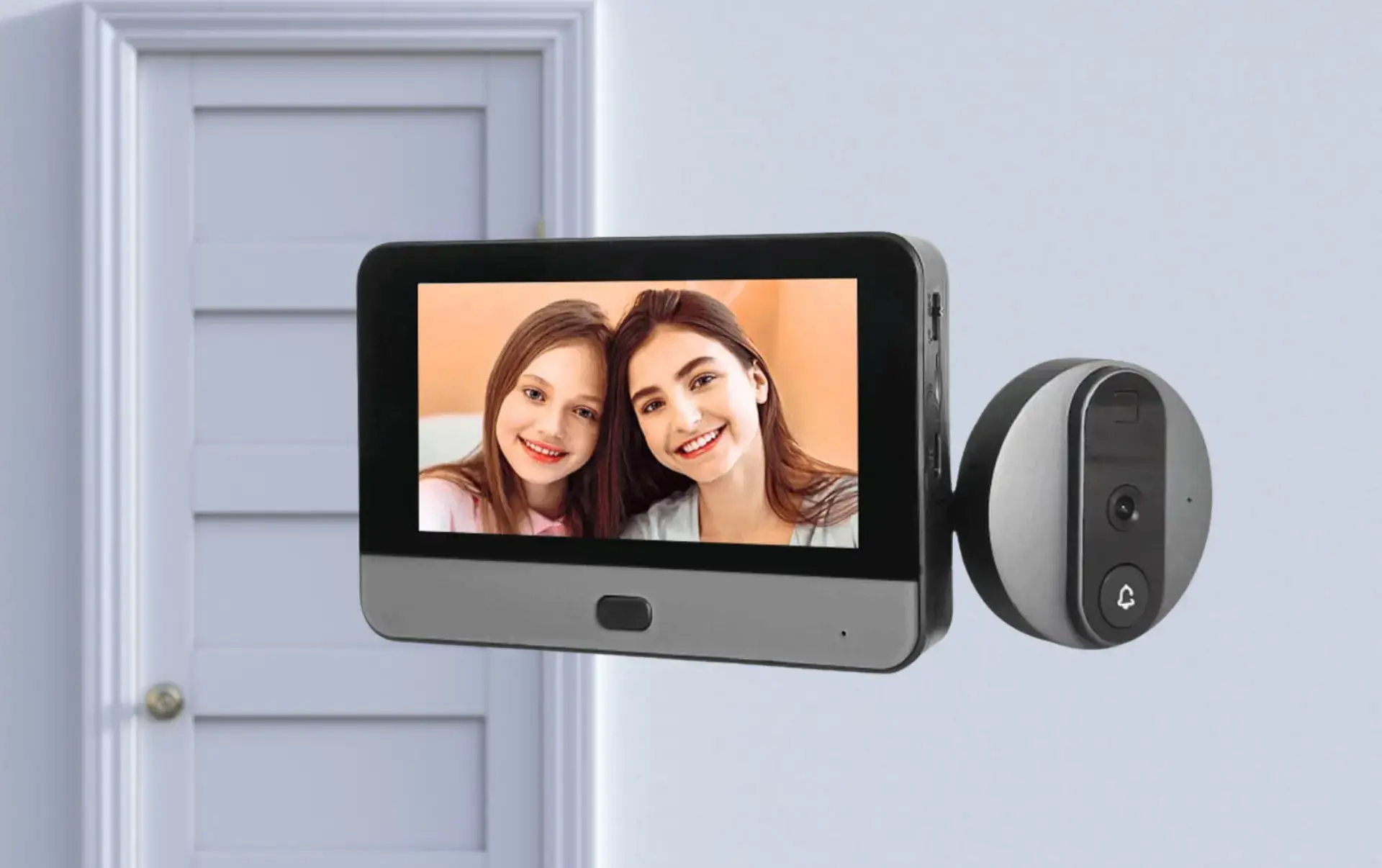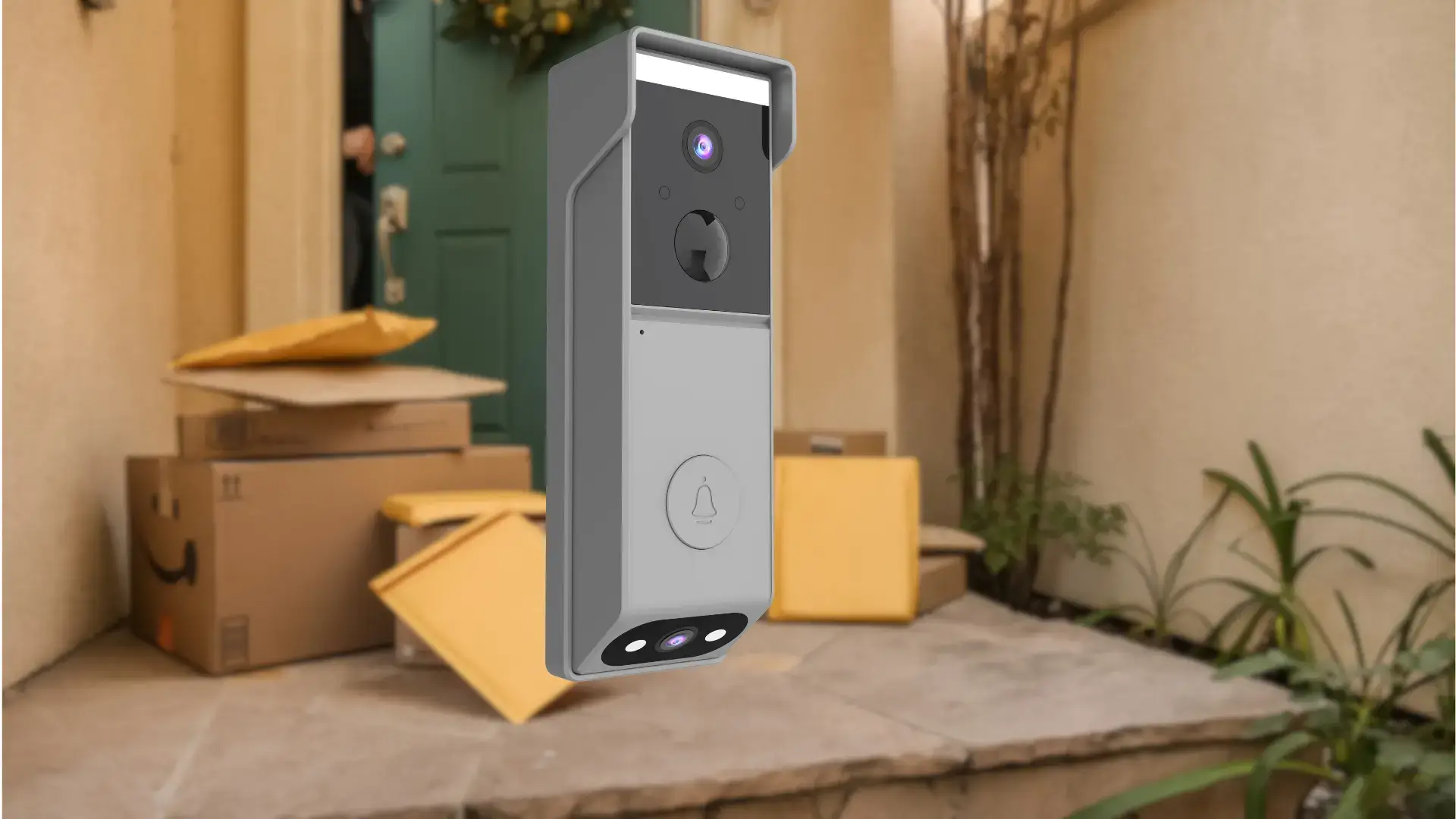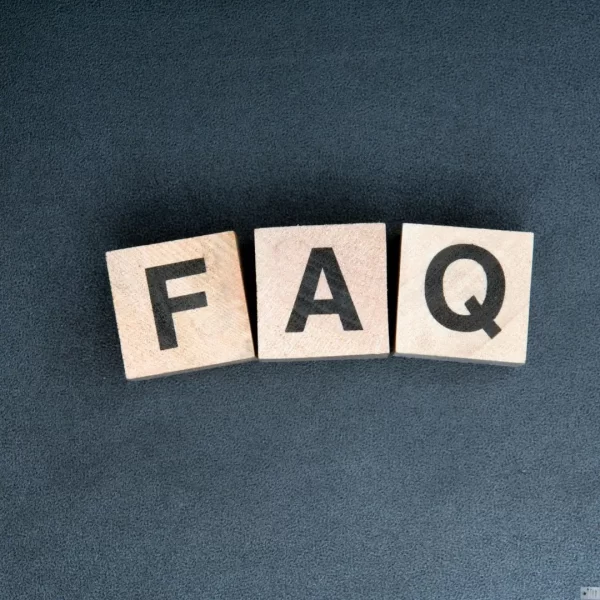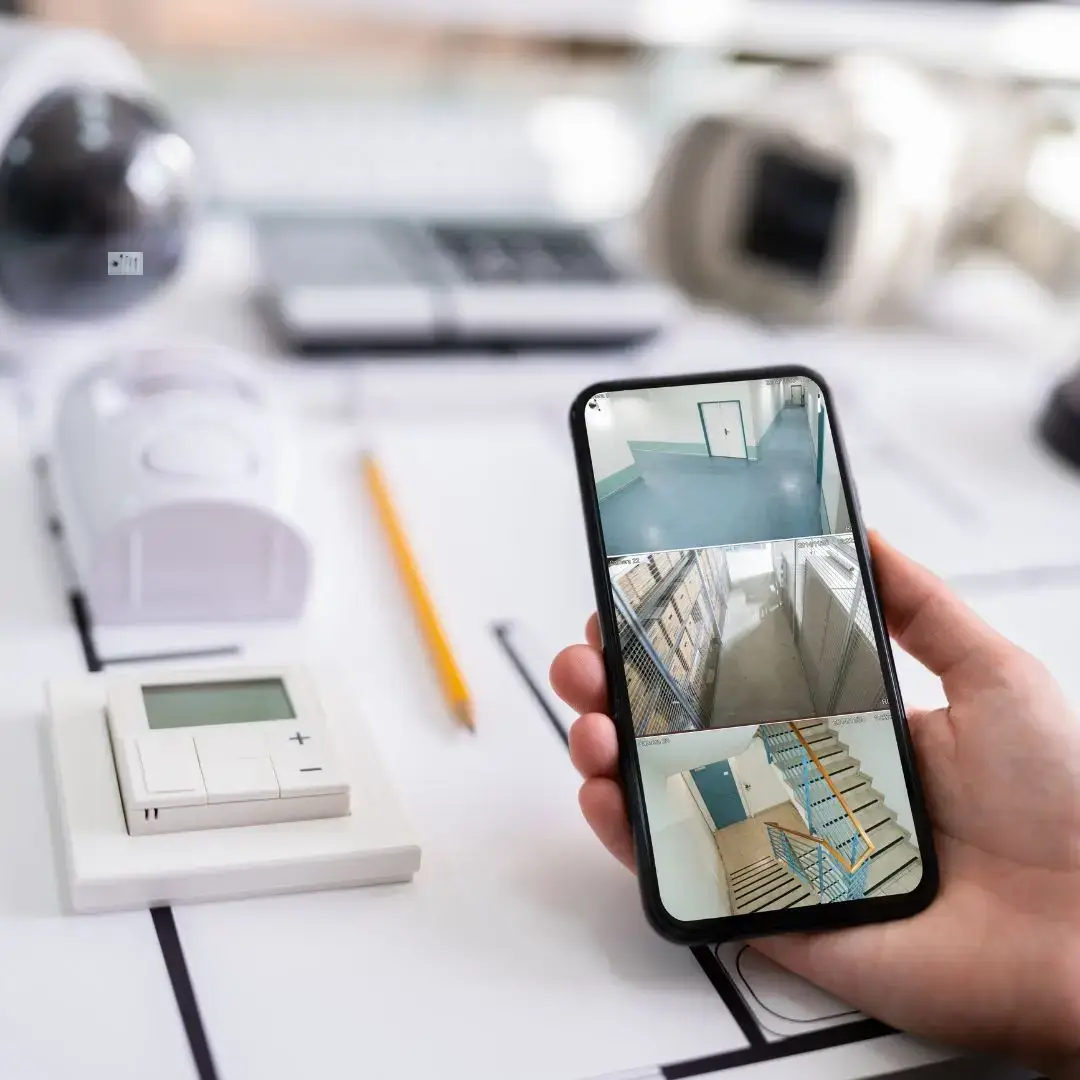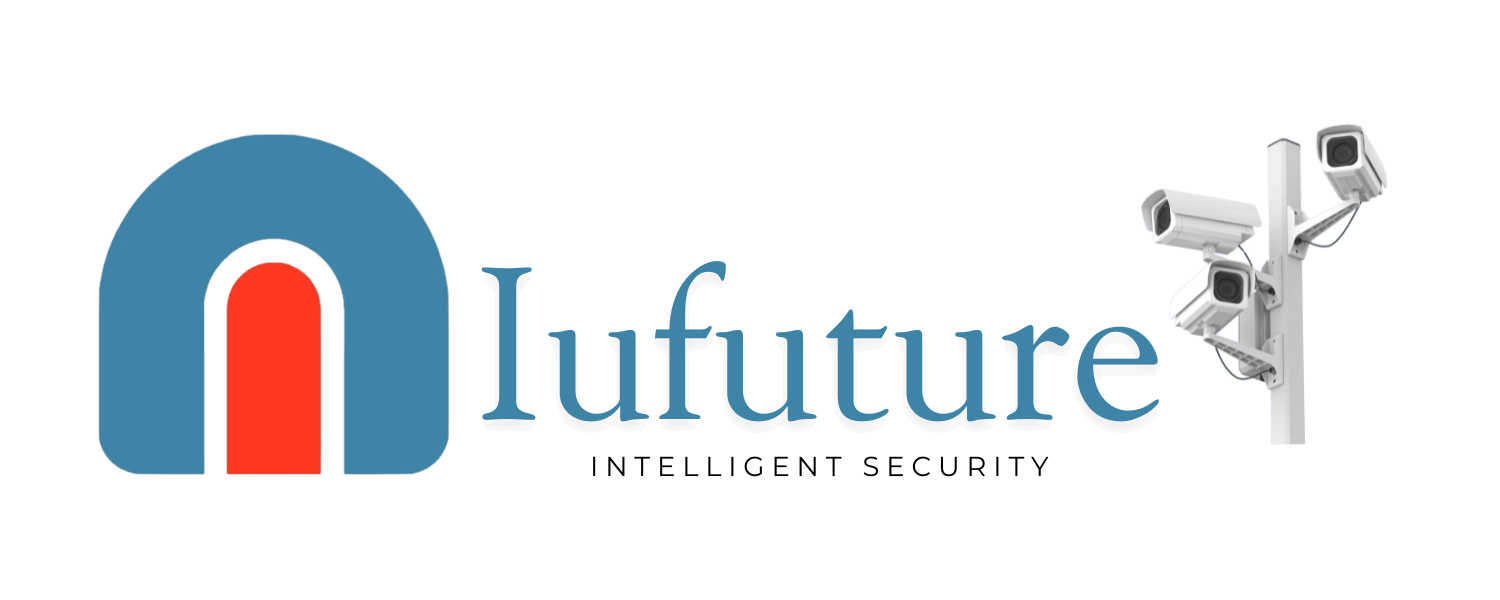The history of surveillance cameras dates back to the late 19th and early 20th centuries, when some early forms of surveillance systems began to emerge. The following is the history of the surveillance cameras:
1927
German engineer Walter Bruch invented the “Fernsehkanera” to monitor the V-2 rocket launch site, considered to be a form of early security cameras.
1940s
Closed-circuit television systems (CCTV) began to be used in the business and government fields, for real-time monitoring and recording of video purposes.
1970s
The advent of portable cameras and video recorders made surveillance systems more flexible and convenient.
From the 1990s to now
the popularity of digital technology has made surveillance systems gradually shift to digital, including the application of new technologies such as webcam (IP camera).
Modern
With the continuous progress of technology, surveillance cameras have high definition, remote access, motion detection, night vision ability and other functions, and are widely used in commercial, public safety, traffic management and other fields.
Overall, with the continuous development of technology, surveillance cameras have evolved from early basic forms to modern high-tech equipment, playing an important role in ensuring safety, preventing crime, and improving efficiency.
CCTV 101: What It Is & Why It Matters in Modern Security
At Iufuture, we live and breathe surveillance technology. As one of the nation’s leading distributors of CCTV systems and camaras de seguridad, we know these tools inside out. But what exactly is CCTV? Where did it come from, and why does it dominate global security today? Buckle up—we’re breaking it all down.
CCTV Defined: More Than Just “Cameras”
CCTV stands for Closed Circuit Television—a term that dates back to its analog roots. Unlike broadcast TV (think: live news or sports), CCTV operates on a private network:
- “Closed Circuit” = Footage streams only to authorized monitors or recorders (no public broadcasts).
- Modern Translation = Today, it’s synonymous with video surveillance, but purists still use “CCTV” to emphasize its self-contained design.
Fun fact: Most CCTV footage would never make primetime TV (unless you’re fascinated by empty hallways or parking lots). But for security pros, that’s the point—it’s exclusive to those who need it.
From Cold War Tech to Global Security Staple
Originally developed for military use in the 1940s, CCTV exploded into the mainstream thanks to two game-changers:
- Digital Storage (No more grainy VHS tapes!)
- Smart camaras de seguridad (HD, night vision, AI analytics)
Now, it’s everywhere:
- Retail stores fighting theft
- Traffic monitors reducing accidents
- Camaras de seguridad guarding homes 24/7
Why CCTV Still Beats “Public” Surveillance
While social media and doorbell cams grab headlines, CCTV’s closed-loop system offers critical advantages:
✔ Privacy Control: Footage stays off the internet (unlike cloud-based cámaras de seguridad).
✔ Reliability: Works even during internet outages.
✔ Scalability: Link hundreds of cameras to one secure hub.
The Bottom Line
CCTV isn’t just old-school surveillance—it’s the backbone of modern security. And with innovations like AI-powered cámaras de seguridad, that “closed circuit” is smarter than ever.
P.S. Need a system tailored to your space? [Contact us] for expert advice!
